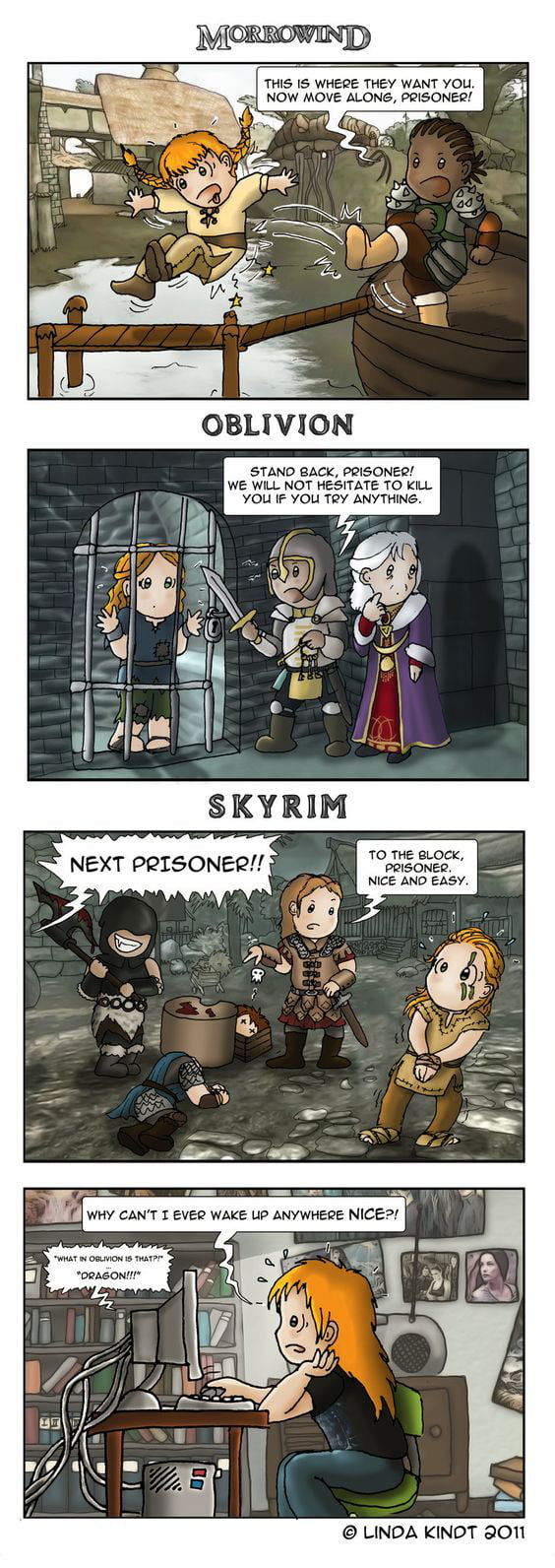
The bones of sacrificed animals were cast onto the flames, which incidentally forms the origins of the word ‘bonfire’. The dead were honoured through the burning of a sacred, communal bonfire built by the druids. It was said to be a night when ghosts, demons and witches roamed the earth and people tried to placate them with offerings of nuts and berries. The Brigantes believed that the souls of those who had died that year progressed to the underworld on this night. It was hoped that large fires in each village would protect inhabitants from the evil spirits that arose from the depths or darkness and mayhem. It was believed that that around this time the ghosts of the dead would visit their families for one last time and with them came evil spirits. The celebration symbolised the line between summer and winter and good and evil, or the night of the dead. The harvests had been completed and the people readied themselves for the long dark winter ahead. The Samhain festival marked the beginning of a new seasonal cycle or the first day of winter.įarmers lead their herds down from the upper grasslands to shelter in the protection of the village enclosures before winter took hold. This festival was not the time for smiling and playing childish games for it had a more sinister, dark side. No, in early England my ancestors, the Brigantes, Celtic Britons who in pre-Roman times controlled the largest section of what would become Northern England, called it Samhain. Of course, it wasn’t called Halloween and there were no trick or treats and the handing out of sweets.


LOS ANGELES, CALIFORNIA, UNITED STATES, Octo/ / - With Halloween coming up on October 31st, I have been wondering what my Celtic forefathers would have thought about this modern-day Halloween affair. Alistair Shand-Editor Keighley News, UK


 0 kommentar(er)
0 kommentar(er)
